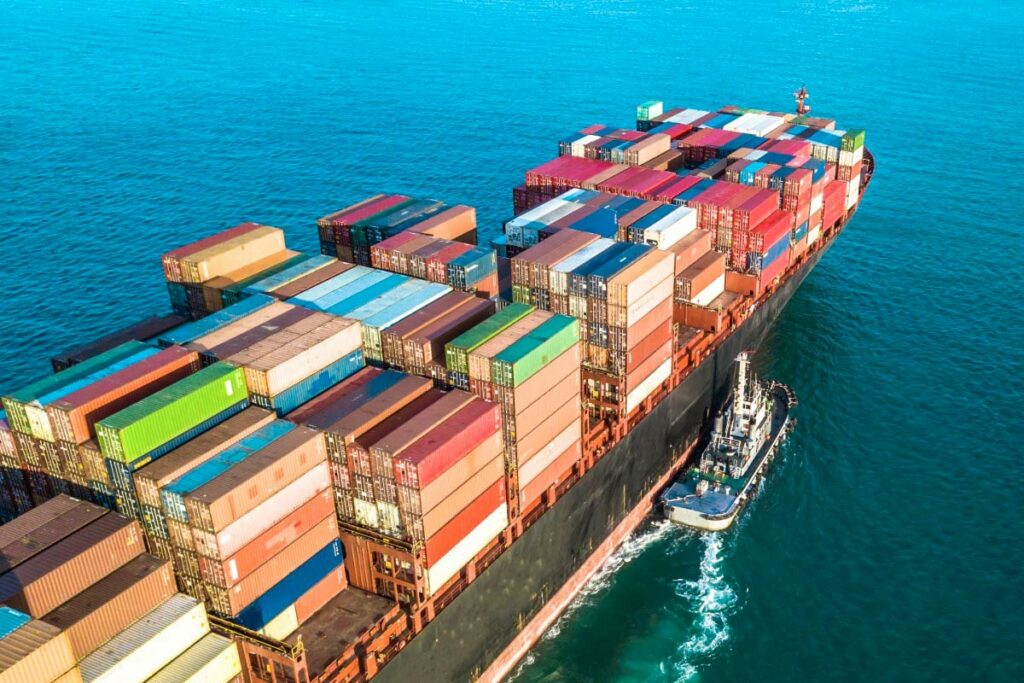Product importation is a valuable strategy for companies looking to expand their operations, diversify their inventory, or access exclusive goods from other countries. However, this process involves several steps that require planning, knowledge, and compliance with customs regulations. In this guide, we’ll explore the main processes for importing products, from initial planning to the arrival of goods at their destination.
Step 1: Planning
Before starting the import process, it’s crucial to conduct detailed planning. This includes:
- Needs Assessment: Determine which products you want to import and their quantity.
- Supplier Evaluation: Research and select reliable international suppliers.
- Budget: Calculate all involved costs, including product prices, freight, tariffs, and additional expenses.
- Laws and Regulations: Familiarize yourself with your country’s import laws and regulations.
Step 2: Documentation
Documentation is a fundamental part of the import process. Commonly required documents include:
- Commercial Invoice: Document listing products, prices, and other information.
- Bill of Lading: Document describing the goods, transport details, and delivery conditions.
- Certificates and Licenses: Depending on the products, specific certificates of compliance or licenses may be required.
Step 3: Customs Clearance
Customs clearance is the process by which goods are released by the importing country’s customs. This involves:
- Document Submission: Submitting all required documents to customs.
- Customs Assessment: Customs evaluates tariff classification, calculates taxes and duties, and verifies compliance.
- Inspection (if necessary): Goods may be inspected to ensure regulatory compliance.
- Payment of Taxes and Duties: After customs assessment, taxes and duties are paid.
- Customs Release: Once taxes are paid, goods are released and can be collected.
Step 4: Transportation and Logistics
Transporting goods is a critical part of the import process. This involves:
- Transport Mode Selection: Choose between sea, air, road, or rail transport, based on urgency and type of goods.
- Carrier Selection: Hire reliable transportation companies.
- Cargo Tracking: Monitor the status of goods during transport.
Step 5: Receiving the Goods
After the goods arrive at their destination, it’s important to:
- Quality Check: Verify that the goods comply with the order and are in good condition.
- Storage: Store the goods properly, considering temperature and security requirements if applicable.
- Distribution: Plan the distribution of goods according to market demands.
Conclusion
The product import process involves a series of complex steps, but with proper planning and legal compliance, it can be a valuable business strategy. It’s essential to be well-informed about regulations, required documentation, and involved costs. Additionally, having support from import specialists, such as customs brokers, can simplify the process and ensure successful import operations. Remember that importing is a way to access global markets and expand your product offering, providing new growth opportunities for your company.

